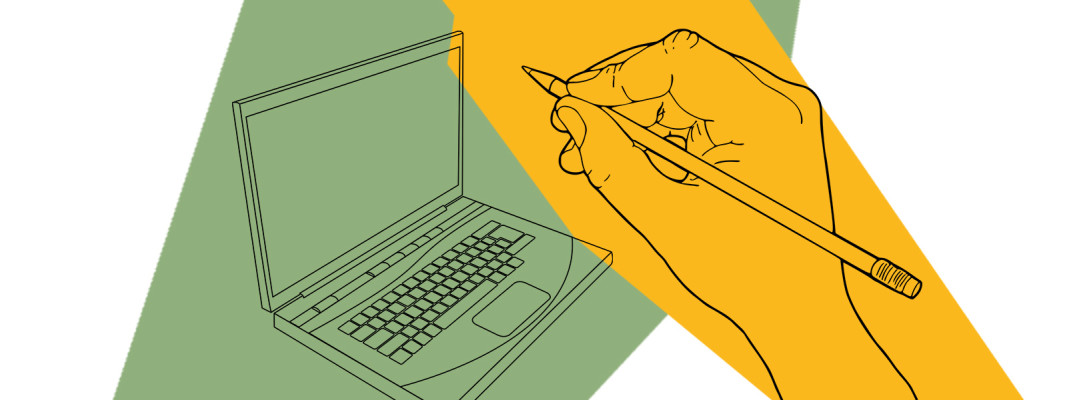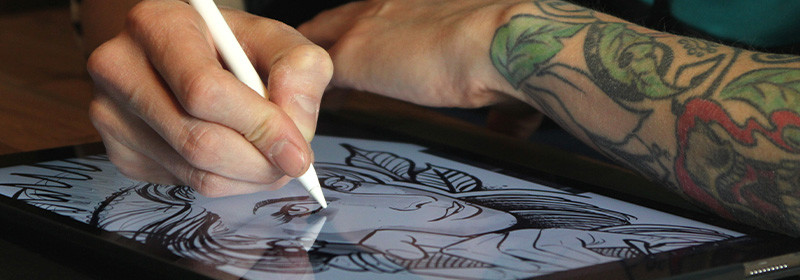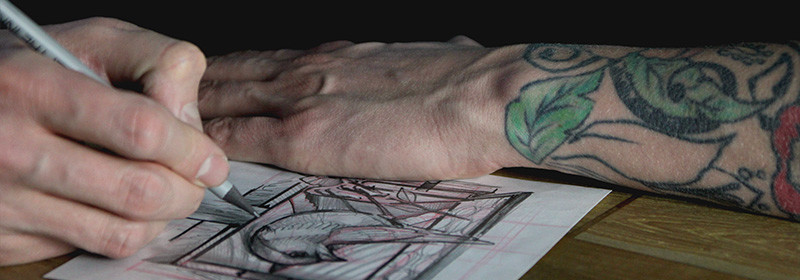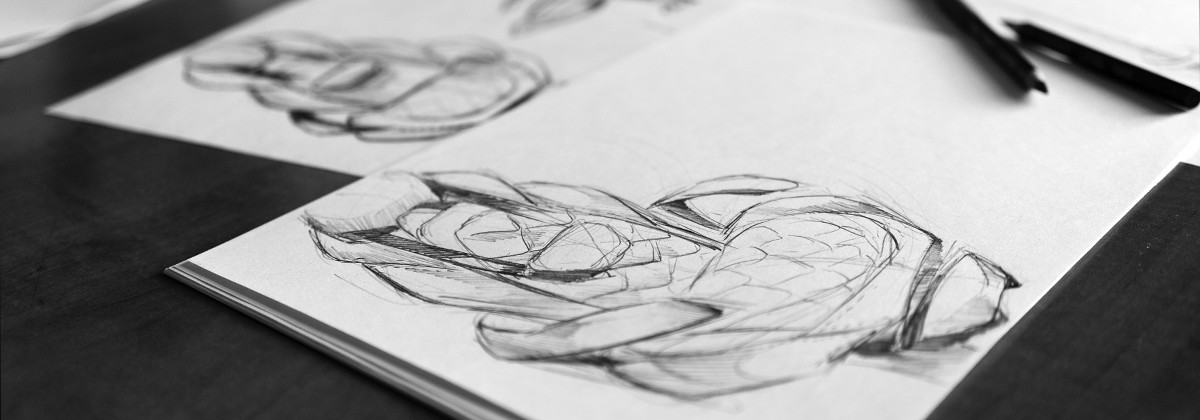Design Tattoo Motifs - Analog Drawing vs. Digital Drawing

While people used to draw their sketches and designs quite classically on paper, nowadays they can also draw digitally. But what are the advantages and disadvantages of each drawing technique?
Speed - work as time-saving as possible
Especially when it comes to subsequent changes, digital drawing has a clear advantage. By using different layers, individual motifs can be easily reworked. Even resizing can be adjusted more easily with a digital sketch than with a digital drawing. Mistakes such as a wrong brush stroke or an outline that is too thick can be easily undone digitally.
When drawing digitally, the option to paint on different layers also allows you to combine the individual drawings into one large overall picture. This makes it easier to implement motif ideas.
You can also use existing motifs as a kind of template and expand and modify them further.
In terms of speed, digital drawing has a clear advantage over analog drawing. But what about creativity, flexibility and costs?

Creativity - simply implement your own ideas
Without creativity, we artists won't get far in our craft. But it's often not so easy to get the ideas down on paper. We'll try to give you an understanding of digital and analog drawing in terms of creativity and work out the advantages and disadvantages.
Lines and colors bring them along and are absolutely unique. We can draw them softer and thicker, press the pencil a little harder and thus get a more opaque layer of color. If we work with liquid colors, they can produce surprising results when we run or layer them on top of each other.
Digital lines and colors can sometimes look quite homogeneous, making them look unnatural. Drawing on paper also stimulates creativity more for some, as it is a longer process than digital, for example.
But many also appreciate the digital option of playing with different effects to create entirely new compositions.
So you just have to try it out and see what you feel more comfortable with.
Flexibility - use versatile options
As a tattoo artist, you must always be able to react flexibly to the wishes of your customers. Often you sit for hours on a sketch, but then have to change it again according to customer wishes.

But the infinite possibilities can also develop into a disadvantage.
You need the right equipment for both digital and analog drawing. While you usually get by with pen and paper for analog drawing, you need at least a tablet for digital drawing. You can easily carry both tools in your bag from A to B and are flexible in your choice of workplace.
Costs - save money in the long run
The costs also play a role in the choice of the preferred drawing. We present the two drawing options against each other.
Especially if you draw a lot, the purchase of a tablet is more worthwhile for you.

In conclusion, drawing is a personal decision. Everyone should work with the method they feel most comfortable with. But maybe you'll try the other option and discover new ideas for yourself and your art.

 German
German Dutch
Dutch